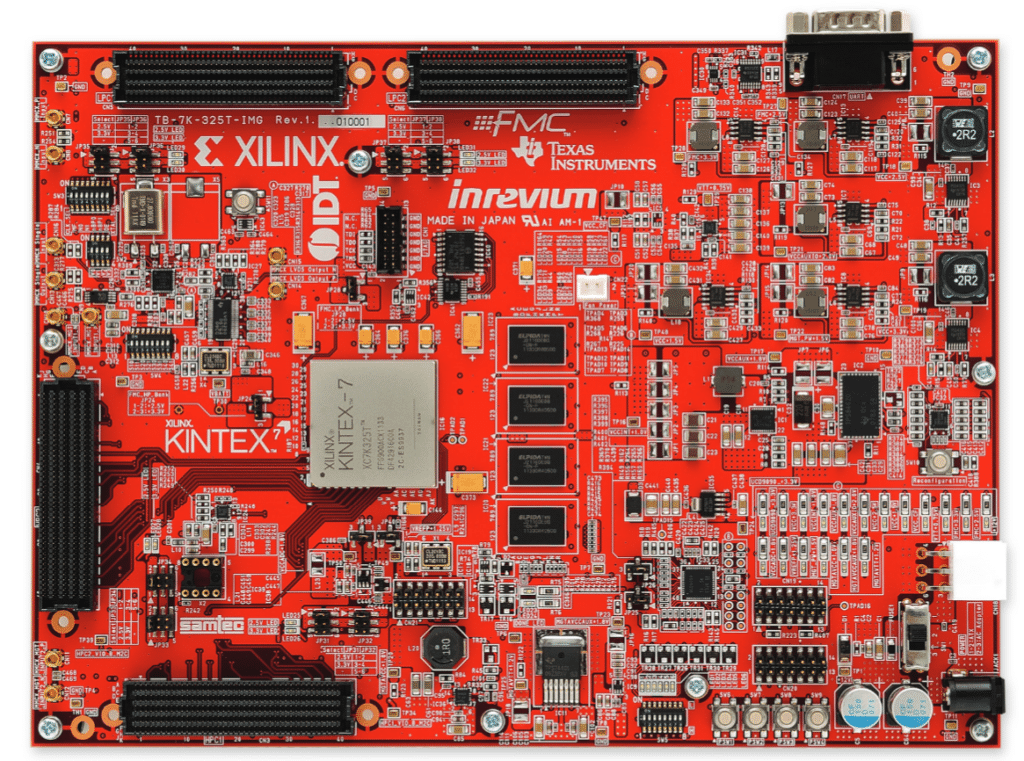The future of television lies in ultra-high-definition display technology, shaping the market with new and interactive viewing experiences.

In the increasingly competitive consumer television industry, boosting revenue will hinge on outpacing rivals in bringing ultra-high-definition (UHD) 4K2K viewing experiences to the market more swiftly. The television market is now in a mature phase and faces several significant challenges. Firstly, there’s been a noticeable shrinkage in revenues. Furthermore, the adoption rate of new technologies is progressing more slowly than expected. Another key issue is the impending arrival of the next wave of innovation, particularly in 4K2K technologies. However, any delays in introducing these new technologies to the market will likely result in missed revenue generation opportunities. Additionally, the industry is grappling with long development times and limited resources, further complicating these challenges. Collectively, these factors underscore the urgency for effective strategy and innovation in the TV market to maintain relevance and profitability.
Xilinx Kintex-7 FPGA Display Targeted Reference Design from Advanced Micro Devices (AMD) built on proven Xilinx advancements in video and imaging processing. The design provides designers with immediate access to the energy-efficient and cost-effective performance of 28nm 7 series FPGA devices, which are adept at handling increased bandwidth and complex algorithms. Engineers can expedite their development process by utilizing the Kintex-7 FPGA display reference designs. Additionally, designers have the advantage of using the Xilinx ISE Design Suite Embedded Edition software, the ACDC 1.0 base board, FPGA mezzanine cards (FMCs), Xilinx, and third-party IP. The suite of tools enables them to test and refine their designs more efficiently, ultimately creating features that offer highly engaging, immersive, and interactive viewing experiences.
The Xilinx Solution offers a strategic approach to developing high-definition displays. By starting development with the Xilinx Solution, designers can bring their products to the market faster, gaining a significant market share and revenue share. This is supported by the solution’s capability to handle ultra-high-resolution content. Additionally, integrating IP frees up development time, maximizes differentiation, and provides an opportunity to create truly immersive, ultra-realistic, and interactive experiences. This comprehensive approach positions the Xilinx Solution as a powerful tool in developing advanced display technologies.
The design configuration includes 128MB of QUAD SPI flash and memory of four units of Double Data Rate Type 3 (DDR3) memory modules, each with a capacity of 2 Gigabytes. An FPGA Mezzanine Card (FMC) connector is equipped with two High Pin Count (HPC) interfaces and two Low Pin Count (LPC) interfaces. Additionally, it has multiple headers for both input and output, making it programmable for the user. This setup suits various applications due to its flexibility and adaptability regarding pin count and connection options.
AMD has tested this reference design. The company helps you set up demonstrations. You can find additional data about the reference design on the company’s website. To read more about this reference design, click here.






